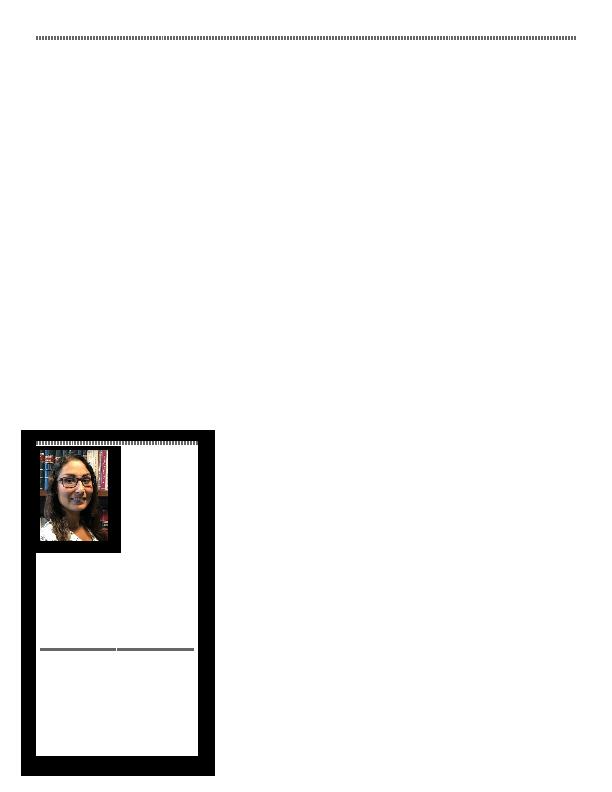
Product in Peru
America that has recently legislated the
reverse mortgage (RM) as a new financial
product, making available a new funding
source for consumers. Nonetheless, there
are many remaining questions about
topics including the delimitation of the
segment target, characteristics of the
borrower's assigned beneficiaries, the
determination of the required factors
and processes to calculate interest rates,
and the clarification of the possibility to
compromise the property with another
RM or traditional mortgage and its
consequences. The establishment of
an appropriate mechanism to provide
if well-defined, would enhance the use of
RM in the market.
In Peru, the term "reverse mortgage,"
at a first thought, could be misinterpreted
and considered as a new property right
outside of the traditional mortgage. Let's
first establish the difference between the
traditional mortgage and the mortgage
loan. The traditional mortgage is a legal
instrument used in order to guarantee the
performance of specific or determinable
obligations. Meanwhile, the mortgage
loan is a financial product, a loan granted
to a natural person in order to acquire,
build, repair, remodel, expand or execute
building improvements and subdivide
real property using such property to
guarantee the loan for as long as the
debtor fully pays the loan according to an
agreed payment schedule. Thus, regarding
the financial aspect, in order to grant a
mortgage loan, the financial entity first
evaluates (i) the appraised property value,
(ii) the borrower's down payment, and
(iii) the borrower's cash flow and assets.
RM is defined as a credit granted to a
real estate property owner (the borrower)
by an authorized entity against the
property. In exchange, the authorized
entity is obligated to execute monthly
payments or a single payment to the
borrower or the assigned beneficiaries,
as the case may be. The differentiating
characteristic of this credit is the deferred
payment if the borrower passes away.
Therefore, regarding the financial
aspect, in order to grant this RM, the
authorized entity evaluates (i) the
appraised property value, (ii) the borrower's
life expectancy, and (iii) interest rates,
we point out some advantages of RM:
living in the property.
beneficiaries.
insurance (free of income taxes).
Thus, if the borrower passes away,
beneficiaries shall receive the monthly
payment for life in case the borrower
has purchased life insurance and
remains living in the property.
or grant any encumbrance on the
property as long as the authorized
entity consents to it previously.
debt without having to pay any arising
penalty.
borrower's heirs may choose to pay the
debt and keep the property. In case
the heirs choose not to pay the debt,
the authorized entity is allowed to:
(i) execute the RM within a judicial
process, (ii) execute the RM within a
non-judicial process, or (iii) mutually
agree with the heirs the payment
in lieu. In any case, if there is a
remaining price, the authorized entity
shall pay it to the heirs.
mentioned, there are some borrower's
obligations to consider before entering
into a RM contract. The borrower must:
Llona & Bustamante Abogados, specializing
in real estate law, commercial law, corporate
law and civil law. She has experience in
corporate operations as well as in corporate
restructuring and mergers and acquisitions.
Francisco Masias 370 piso 7
San Isidro, Lima, Peru 27
ellb.com.pe